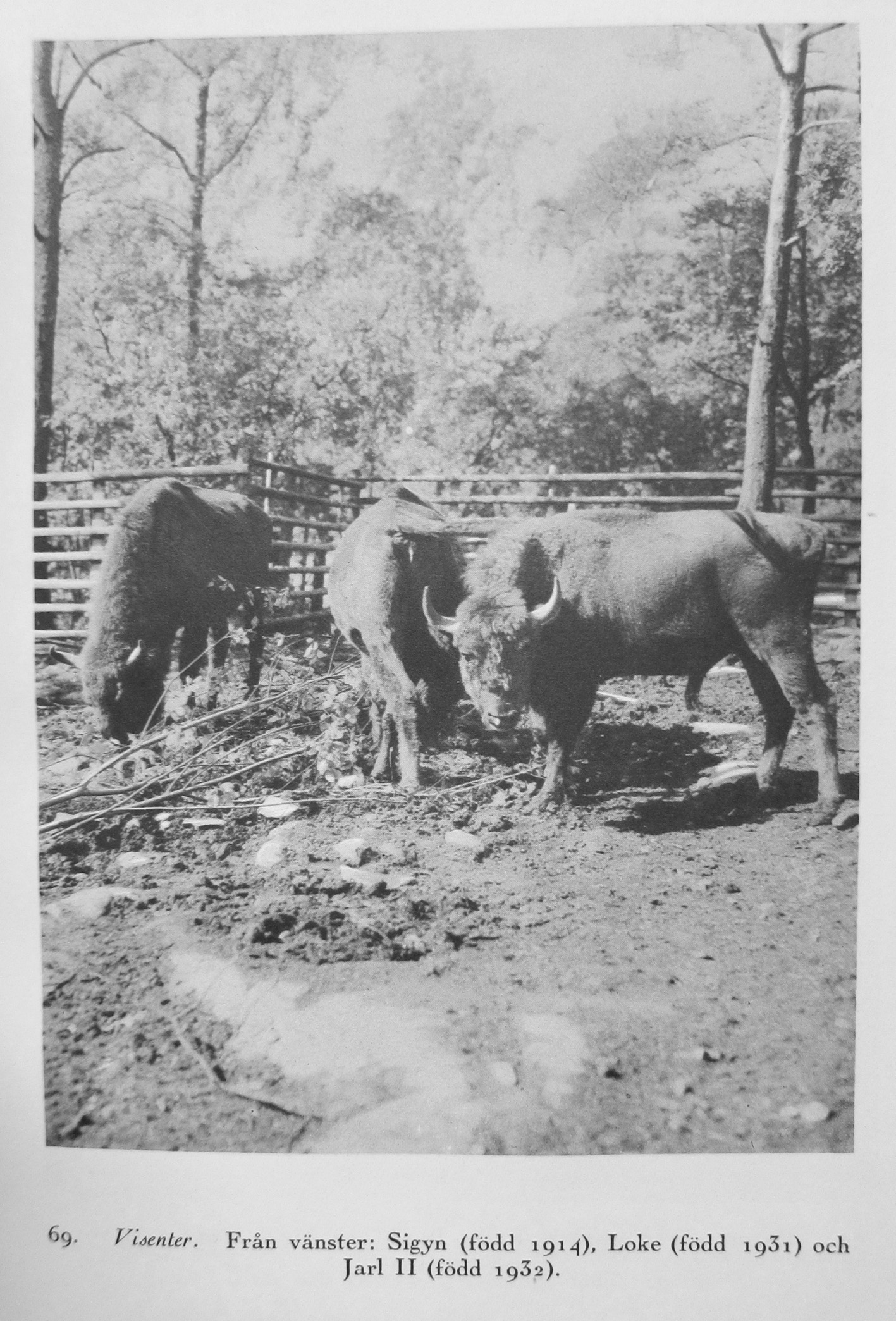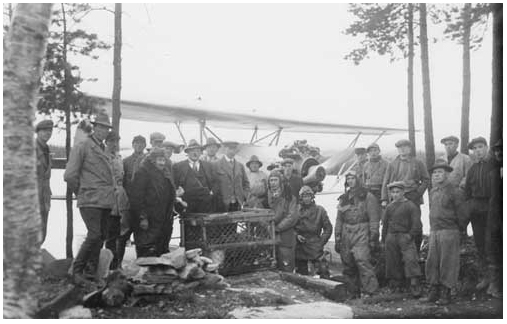
Taking to the air
When the first reintroduced beavers came to Sweden, they had to take a long and arduous journey to their new home. First, they had to be taken from their capture site near Åmli to the train station in Oslo then on via train to Stockholm. After the wintering in Skansen, they went north on the overnight train. In Östersund, they had a break and got on another train to Strömsund. After a steam boat, a horse carriage, car trip, motor boat, horse sled, and boat again, the little beavers are finally at the release site — a whopping 4 days after leaving Skansen in Stockholm.
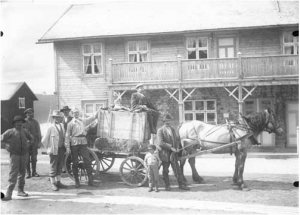
When Eric Festin reported on the reintroduction in “Bäverns återinplantering” (1922), he commented on the difficult journey and that some of the choices, like putting the beaver box on top of hay sacks for cushioning, would not be repeated again.
The difficulties of getting the beavers from their original home in southern Norway to a release site in mid-Sweden would be easy to forget about. But transportation technologies were absolutely critical to the success of these projects. The animals, after all, needed to make it safely. Festin even commented that the bumpy journey by horse had given these first beavers “a fever”, which luckily the tranquil boat ride that followed cured.
Twelve years after the first reintroduction project, transportation was radically different. The third set of beavers brought to Jämtland were brought in the latest in high tech travel — an airplane.
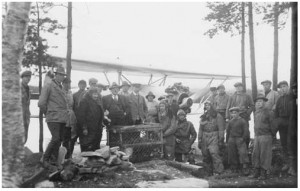
Airplanes were cutting edge in the 1930s. Although the Wright Brothers had only made their first controlled powered flight in 1903, planes were rising fast in popularity. In 1933, the first regularly scheduled passenger plane service in Sweden was launched between Stockholm and Gotland using a hydroplane. And the very next year, beavers got to be transported on a hydroplane. Perhaps it was even the first use of an airplane in a reintroduction project.
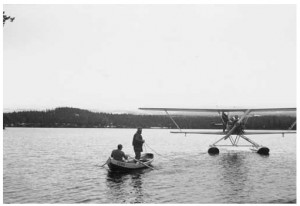
On October 14, 1934, a pair of beavers were sent via train from Oslo all the way to Östersund. Then they were put on a hydroplane in the custody of Erik Festin to fly to Bjurälfdalen, the site of the first beaver release. The flight took 2 hours, replacing a 2 day ground journey! I’m sure it was a much better way to travel.
Although photographs of reintroduction projects are supposedly documenting the animal brought back, what we really see is the documentation of the journey. The carts, airplanes, and boats arecentral features of the images. They enable the whole activity to take place. Whether we’re talking about carts, sleds, boats and planes carrying beavers in the 1920s and 30s or a helicopter carrying a muskox in the 2010s, travel technologies are a necessary ingredient in reintroduction projects.
Thus it’s worth thinking about how technologies and changes in available transportation options affects reintroduction: what can be introduced, how far animals can go, and what condition they will be in when they get there. A beaver may not have wings, but with a little help, they can fly.
